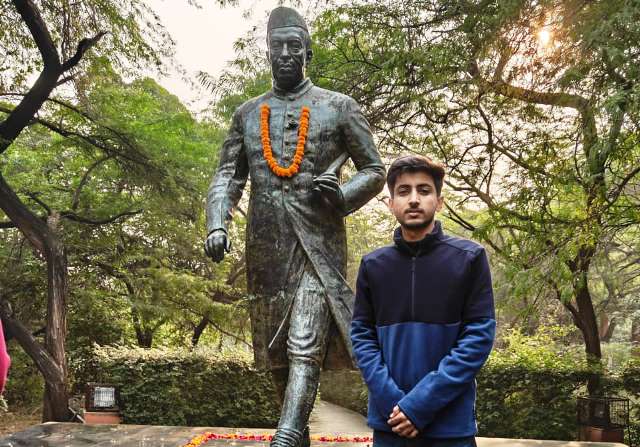
‘Kumbh is Both a Spiritual Experience & a Reminder of Shoddy River Management’
Aruna Trivedi, who took a holy dip at Maha Kumbh, left the Sangam with a mixed bag of experiences – soothing for the soul but worrisome for ecological conservation. Her views
The air was thick with devotion as I stepped onto the holy grounds of Prayagraj for the Maha Kumbh Mela 2025. At 58, I had dreamt of this spiritual journey for decades, a pilgrimage my ancestors spoke of with reverence. The Maha Kumbh, held every 144 years, is no ordinary event—it is the epitome of faith, drawing millions of seekers to the Triveni Sangam, the confluence of the Ganga, Yamuna, and the mythical Saraswati.
Arriving at the sprawling mela site was awe-inspiring. A sea of humanity stretched as far as the eye could see, united in faith and purpose. The atmosphere was electric with chants, bhajans, and the aroma of incense wafting through the air. Despite the energy, a sense of calm enveloped me, as if the rivers themselves were welcoming us to cleanse our souls.
The arrangement for bathing, the pinnacle of the Kumbh experience, was a mix of efficiency and challenges. On one hand, the designated ghats were clearly marked, and volunteers tirelessly guided pilgrims to ensure orderliness. I was heartened to see dedicated lanes for the elderly and differently-abled, an effort that reflected a well-thought-out administrative approach. However, the sheer magnitude of attendees tested the system to its limits.
Many complained about the long waiting hours and occasional lapses in crowd control. Some ghats did appear neglected, with limited access to basic amenities like clean changing rooms. In contrast, other sections, likely the VIP-designated areas, boasted far better arrangements, leaving one to wonder about the equity of resource allocation.

The water itself, the spiritual centerpiece of this event, left much to be desired. While taking the sacred dip, I couldn’t ignore the murky waters—a far cry from the pristine imagery I had envisioned. The Ganga, Yamuna, and Saraswati may be eternal symbols of purity, but the stark reality of pollution raised concerns about the health implications for pilgrims. Nevertheless, faith triumphed over doubt as I immersed myself, surrendering to the divine.
ALSO READ: ‘Char Dham Project Is An Ecological Disaster’
Despite the occasional hiccups, the administration deserves credit for managing an event of this magnitude. The sheer logistics of housing, feeding, and directing millions is daunting, yet they managed to keep the spirit of the Kumbh alive. Makeshift tents provided temporary shelter, and langars served food with unmatched generosity. However, waste management remained an unresolved issue, with overflowing bins and litter marrying parts of the sacred landscape.
The Maha Kumbh is more than an event—it is an awakening. As I sat by the Sangam after my bath, watching the rivers converge under a rising sun, I felt a deep connection to something far greater than myself. The myths and legends surrounding this confluence felt tangible, as if centuries of devotion had sanctified the air itself.
Leaving Kumbh, I carried mixed emotions: gratitude for experiencing this once-in-a-lifetime gathering, coupled with a hope for better preservation of our sacred rivers. The Maha Kumbh 2025 was a testament to humanity’s enduring faith, but it also reminded me of our responsibility to honor the very elements that sustain it.
As told to Deepti Sharma




No doubt the people coming back after taking bath in triveni ghat where holy Ganga,Yamuna and invisible Saraswati are blessings our society. This holy occasion will not repeat in our present life. So, all people have faith in our traditions are getting Adyatam guan after sitting in the feet of our Rishi’s whom we can’t see except this holy kumbh.